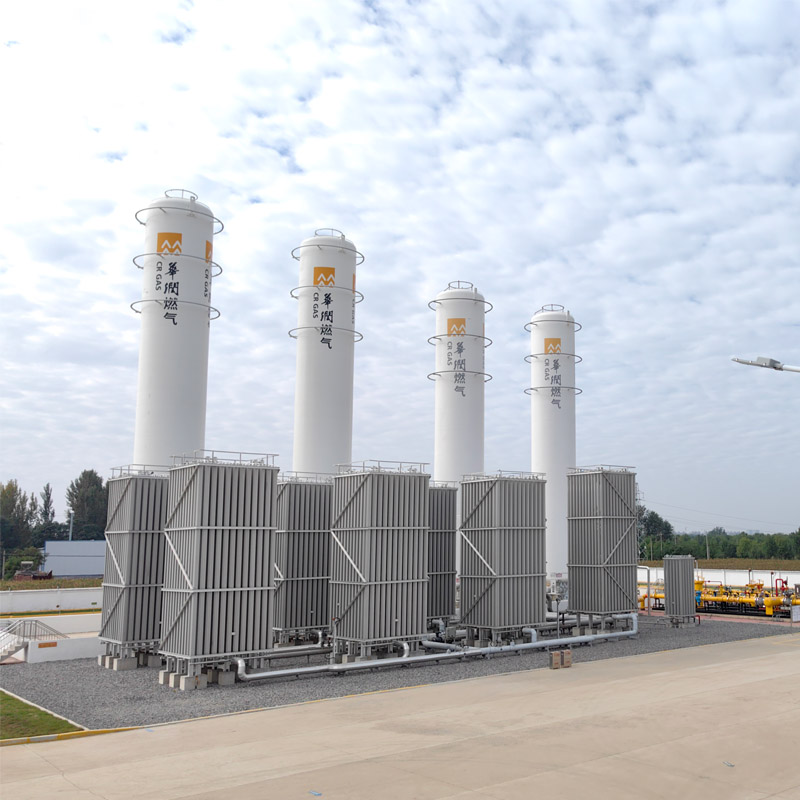
Jul . 25, 2024 12:58
Back to list
Enhancing Gas Efficiency with Innovative Booster Solutions for Optimal Performance and Reduced Costs
Understanding Gas Boosters Enhancing Efficiency in Gas Transport Systems
In the modern world, the demand for energy continues to rise, leading to the need for more efficient methods of transporting gas. One technology that has emerged as a critical player in this arena is the gas booster. Gas boosters enhance the pressure and flow of gases, facilitating their movement through pipelines and improving overall efficiency in gas transport systems. This article explores what gas boosters are, their functionality, applications, and the benefits they bring to the energy sector.
What is a Gas Booster?
A gas booster is a mechanical device designed to increase the pressure of a gas in a system. It essentially amplifies the gas pressure above its existing levels, enabling it to flow through pipelines more effectively. This is particularly important for natural gas, hydrogen, and other gaseous fuels, which need to reach their final destinations with minimal pressure loss.
Gas boosters come in various forms including positive displacement and dynamic compressors. Positive displacement boosters work by trapping a fixed amount of gas and then forcing it into a smaller space, thereby increasing its pressure. On the other hand, dynamic compressors utilize high-speed rotating elements to impart kinetic energy to the gas, converting it into increased pressure.
Applications of Gas Boosters
Gas boosters find applications across various sectors. The most common utilization lies in the natural gas industry, where they boost the pressure of gas flowing through pipelines to ensure consistent delivery to end-users. This is particularly crucial in long-distance transportation where pressure drops can occur due to friction and elevation changes along the pipeline.
Beyond natural gas, gas boosters are also used in industries such as chemicals, pharmaceuticals, and food processing, where gases need to be transported under specific pressure conditions. In the renewable energy sector, gas boosters play a pivotal role in hydrogen transportation, helping to deliver clean energy solutions critical for the transition towards sustainable energy sources.
gas booster

Benefits of Using Gas Boosters
1. Improved Efficiency By enhancing gas pressure, boosters reduce the energy loss that typically occurs during gas transportation. This leads to lower operational costs and a more streamlined process.
2. Extended Pipeline Reach Gas boosters enable the transport of gases over longer distances. This is particularly relevant for remote areas that rely on transported gas for heating, cooking, or industrial processes.
3. Enhanced Safety Maintaining optimal gas pressure through boosting minimizes the risks associated with pressure drops, such as leaks or ruptures in pipelines. A stable pressure ensures a safer transport method.
4. Versatility Gas boosters can be tailored for various gases, accommodating diverse industry needs. This adaptability makes them essential for a range of applications.
5. Environmental Benefits By optimizing gas transportation systems, gas boosters contribute to reducing greenhouse gas emissions associated with energy production and transport. More efficient systems can mean lower energy usage and a smaller carbon footprint.
Conclusion
As global demand for efficient and sustainable energy solutions grows, the role of gas boosters in gas transport systems cannot be understated. These devices enhance pressure, allowing for more effective and safer transportation of various gases across industries. Their adaptability and efficiency make them invaluable in today's energy landscape, supporting a transition towards a more sustainable future. As technology continues to evolve, gas boosters are likely to play an even more pivotal role in enhancing energy infrastructure worldwide.
Latest news
-
Safety Valve Spring-Loaded Design Overpressure ProtectionNewsJul.25,2025
-
Precision Voltage Regulator AC5 Accuracy Grade PerformanceNewsJul.25,2025
-
Natural Gas Pressure Regulating Skid Industrial Pipeline ApplicationsNewsJul.25,2025
-
Natural Gas Filter Stainless Steel Mesh Element DesignNewsJul.25,2025
-
Gas Pressure Regulator Valve Direct-Acting Spring-Loaded DesignNewsJul.25,2025
-
Decompression Equipment Multi-Stage Heat Exchange System DesignNewsJul.25,2025

